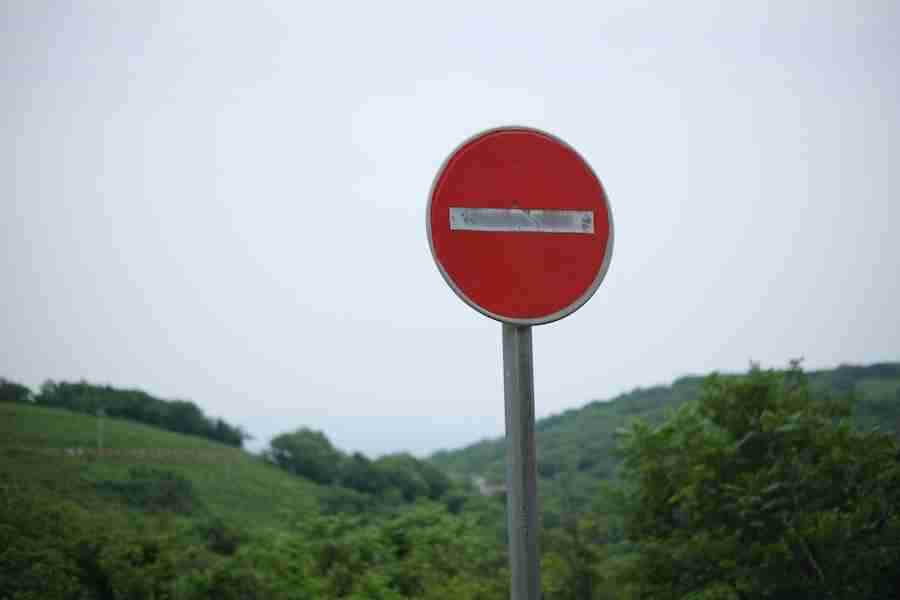Pressure-treated wood is a commonly used building material, prized for its durability and resistance to decay. However, when it comes to fire safety, concerns often arise. In this comprehensive guide, we delve into the crucial question: Is pressure-treated wood fire-resistant? We will explore the science behind pressure-treated wood, the factors influencing its fire resistance, testing standards, and real-world applications. By the end of this article, you’ll have a thorough understanding of how pressure-treated wood performs in the face of fire and what measures can be taken to enhance its fire resistance.
Is Pressure Treated Wood Fire Resistant?
Pressure-treated wood is not inherently fire-resistant. While the treatment process makes it resistant to decay and insects, it does not provide significant fire resistance. Pressure-treated wood can still catch fire and burn, so it is important to take appropriate precautions when using it in construction. Enhancing its fire resistance often requires additional measures such as fire-retardant coatings or construction techniques designed to minimize fire risk.
Understanding Pressure-Treated Wood
Pressure-treated wood is a versatile building material widely used in outdoor structures, decks, fences, and other applications where resistance to decay and insects is crucial. The process of pressure treatment involves impregnating the wood with chemical preservatives under high pressure. This treatment effectively extends the wood’s lifespan by preventing rot and deterioration, making it an attractive choice for outdoor projects.
The primary chemicals used in pressure treatment are copper-based, such as copper azole or copper chromium arsenate (CCA), although formulations have evolved over time due to environmental and health concerns. These chemicals penetrate deep into the wood’s cellular structure, creating a barrier against fungi, termites, and other pests. This preservation process significantly enhances the wood’s durability, making it suitable for long-term outdoor use.
While pressure-treated wood offers exceptional resistance to decay and pests, it is important to note that this treatment does not inherently confer fire resistance to the wood. The primary purpose of pressure treatment is to protect against biological threats, and the wood remains combustible. Therefore, when considering pressure-treated wood for construction, especially in areas prone to wildfires or other fire hazards, it is essential to assess its fire resistance and take appropriate measures to mitigate fire risks.
Factors Influencing Fire Resistance
The fire resistance of pressure-treated wood is influenced by several key factors, including:
- Chemical Preservatives: The type of chemical preservative used in the pressure treatment process plays a significant role in fire resistance. While these preservatives are primarily designed to protect against decay and insects, some may offer limited fire-retardant properties. However, their primary function is not to make the wood fire-resistant.
- Moisture Content: Wood’s moisture content affects its combustibility. Pressure-treated wood with a high moisture content can be more challenging to ignite than dry wood. However, it can still burn once ignited. Properly dried pressure-treated wood can be more fire-resistant, but achieving low moisture content may compromise its structural integrity.
- Wood Species: Different wood species have varying levels of natural fire resistance. Some hardwoods, like oak and hickory, tend to be more fire-resistant than softwoods like pine or cedar. The type of wood used for pressure treatment can impact its fire resistance characteristics.
- Treatment Depth: The effectiveness of the pressure treatment process depends on how deeply the chemical preservatives penetrate the wood. Deeper penetration can provide better protection against decay but may not significantly enhance fire resistance unless fire-retardant chemicals are specifically used.
- Fire-Retardant Coatings: To improve the fire resistance of pressure-treated wood, fire-retardant coatings or treatments can be applied. These coatings contain chemicals designed to reduce the wood’s combustibility and slow down the spread of flames. The effectiveness of these coatings can vary depending on the product and application method.
- Construction Techniques: The way pressure-treated wood is used in construction also affects its overall fire resistance. Building structures that minimize the exposure of wood to potential ignition sources and employing fire-resistant construction methods can enhance fire safety.
Fire Safety Precautions When Using Pressure-Treated Wood
Pressure-treated wood, while durable and resistant to decay, still poses a fire risk. Here are essential fire safety precautions to consider when using pressure-treated wood in construction:
- Check Local Building Codes: Before using pressure-treated wood, familiarize yourself with local building codes and regulations regarding its use in your area, especially if you live in a fire-prone region. Building codes may specify fire-resistant treatments or coatings.
- Use Fire-Retardant Coatings: Apply fire-retardant coatings or treatments to the pressure-treated wood. These products can significantly improve fire resistance. Follow the manufacturer’s instructions for proper application.
- Keep Flammable Materials Away: When constructing with pressure-treated wood, ensure that no flammable materials or debris accumulate near the wood, as this can increase the risk of fire spreading to the structure.
- Maintain Safe Clearance: Maintain proper clearance between pressure-treated wood structures and potential sources of ignition, such as grills, fire pits, or heating equipment. Follow recommended clearance distances outlined in local codes.
- Install Fire Barriers: Use fire-resistant materials as barriers between pressure-treated wood and potential ignition sources. This can include non-combustible shields, screens, or fire-resistant siding materials.
- Regular Inspections: Periodically inspect pressure-treated wood structures for signs of damage, wear, or deterioration. Replace any damaged sections promptly to maintain fire safety.
- Firebreaks: Incorporate firebreaks into your property design. These are non-combustible zones or materials that can help slow down the spread of fire and protect your structures.
- Fire-Resistant Landscaping: Surround your property with fire-resistant landscaping, such as gravel paths, well-irrigated lawns, and fire-resistant plants. This can create a buffer zone that reduces the risk of fire spreading to your pressure-treated wood structures.
- Embrace Fire-Resistant Building Materials: Consider using fire-resistant building materials in combination with pressure-treated wood, especially in critical areas. Fire-resistant sheathing, roofing materials, and insulation can add an extra layer of protection.
- Have Fire Extinguishers: Keep fire extinguishers readily available in areas where pressure-treated wood structures are located. Train occupants on their use and regularly check extinguishers for proper function.
Conclusion
In conclusion, pressure-treated wood is a valuable construction material known for its durability but is not inherently fire-resistant. Understanding the factors influencing its fire resistance and adhering to essential fire safety precautions are vital steps in minimizing the associated risks. While pressure-treated wood can withstand decay and pests, it requires additional measures, such as fire-retardant coatings and safe construction practices, to enhance its fire resistance. To create structures that are both long-lasting and fire-safe, it’s imperative to strike a balance between its benefits and the need for fire protection in fire-prone environments.
FAQ’s
Is Pressure-Treated Wood Fireproof?
No, pressure-treated wood is not fireproof. While it’s resistant to decay and pests, it can still catch fire.
Can I Make Pressure-Treated Wood More Fire-Resistant?
Yes, you can enhance its fire resistance by applying fire-retardant coatings or treatments. Follow manufacturer guidelines for best results.
Is Pressure-Treated Wood Safe For Indoor Use?
Pressure-treated wood should not be used indoors unless it’s specifically rated for interior applications, as it may release harmful chemicals.
Does Pressure-Treated Wood Require Special Maintenance For Fire Safety?
Regular inspections to identify damage or deterioration are crucial. Replace damaged sections and maintain safe clearances from ignition sources.
Can Pressure-Treated Wood Be Used In Wildfire-Prone Areas?
It can be used, but it’s essential to comply with local building codes and adopt additional fire-resistant measures to reduce risks.








